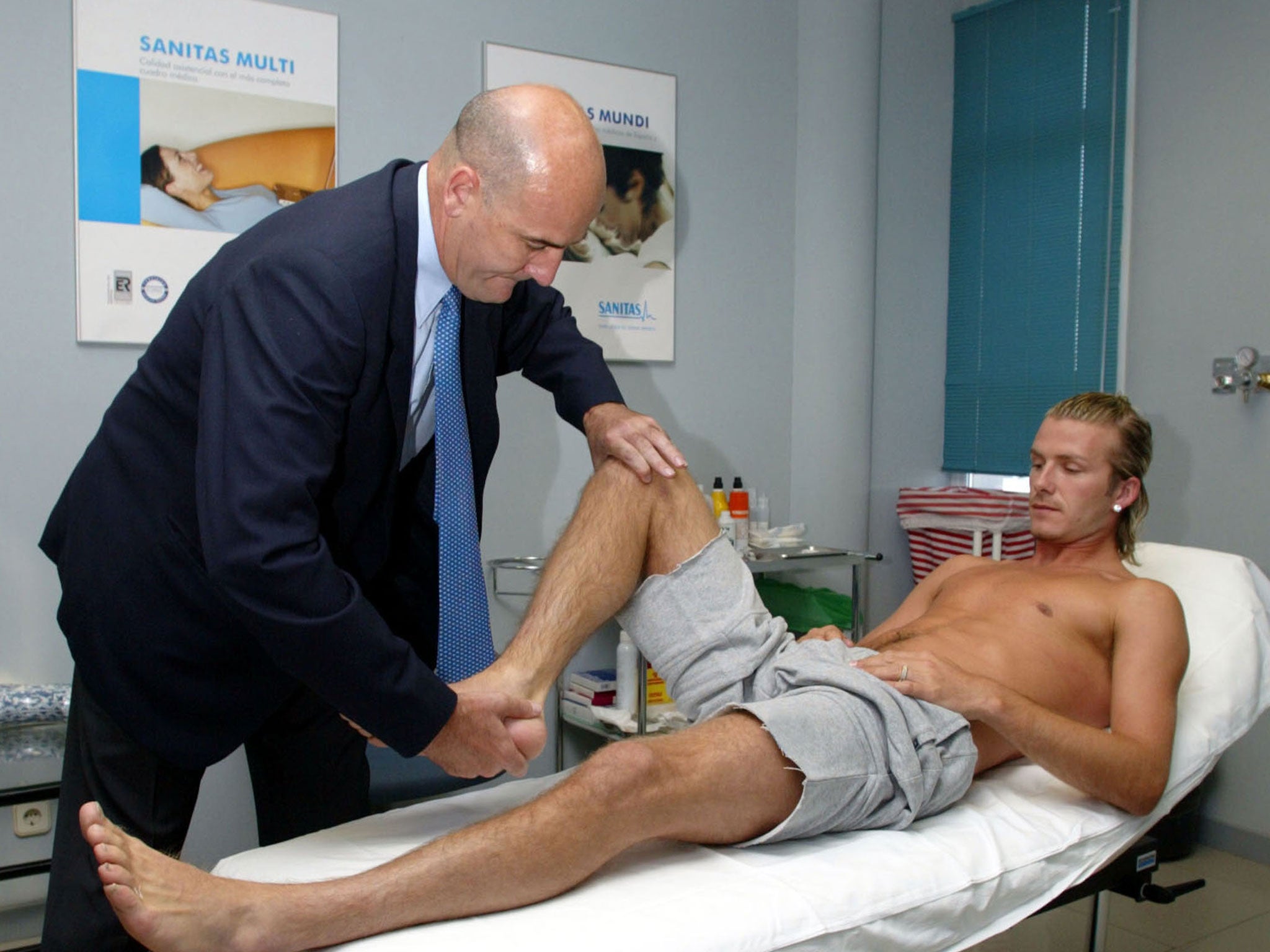In the high-stakes world of professional football transfers, millions can change hands with the stroke of a pen. Yet, before any ink dries, every prospective player must navigate a silent, often dramatic, final hurdle: the medical examination. Far from a mere formality, these rigorous checks are the ultimate gatekeepers, deciding not only the fate of a transfer but, crucially, a player`s long-term health and career.
More Than Just a Check-Up: The Foundation of a Football Career
Picture the scene: a star player, fresh off a stellar season, arrives at a new club`s medical facility. Fans are buzzing, jerseys are printed, and the press are poised. From the outside, it looks like a mere procedural step, a pleasant meet-and-greet with the club doctor. But beneath the surface, a complex, multi-faceted assessment is about to unfold. This isn`t just about ensuring a player is fit for the next match; it`s an intricate deep dive into their physical resilience, an act of due diligence protecting substantial financial investments, and a critical safeguard for the athlete`s very well-being.
A Doctor`s Detective Work: What the Medicals Entail
The modern football medical is a comprehensive investigation, leaving no stone unturned in the quest for the mythical «perfect athlete.» While the specifics can vary between clubs and federations, a typical examination suite will include:
- Cardiovascular Screening: Perhaps the most critical component. Electrocardiograms (ECGs) and echocardiograms are standard to detect underlying heart conditions that could, God forbid, lead to sudden cardiac arrest on the pitch. Stress tests, often involving treadmills or stationary bikes, push the heart to its limits under medical supervision, monitoring its response to extreme exertion.
- Musculoskeletal Assessment: Given the constant physical demands of football, a thorough evaluation of joints, ligaments, tendons, and muscles is paramount. This includes range-of-motion tests, strength assessments, and checks for old injuries or chronic weaknesses that could resurface. Think of it as an x-ray, but for a player`s entire athletic history.
- Blood and Urine Analysis: These tests reveal a wealth of information, from nutritional deficiencies and hydration levels to signs of inflammation, infection, or even illicit substances (though anti-doping tests are usually separate).
- Imaging Scans: X-rays, MRI scans, and ultrasound may be employed, particularly if a player has a history of injuries or if initial physical examinations raise red flags. These provide detailed views of bones, soft tissues, and internal structures.
- Functional Performance Tests: Beyond the static checks, players are often put through their paces in controlled environments to assess their agility, speed, power, and endurance. This helps identify any biomechanical inefficiencies or hidden limitations.
The Grey Areas: When Doubt Creeps In
Most players sail through these examinations, a testament to their elite physical conditioning. However, the true test of a club`s medical staff often comes when things aren`t so black and white. What about that old knee injury that flares up occasionally? The slightly irregular heart rhythm that specialists deem «benign» but still makes a board nervous? Or the chronic, but manageable, muscle tightness that could hint at future issues?
These are the «grey areas» where medical opinion becomes art as much as science. Doctors must weigh the current state against future risks, the player`s potential against their inherent vulnerabilities. It`s a delicate balance, requiring not just medical expertise but also a profound understanding of the sport`s unique demands. A decision here can determine if a multi-million-dollar deal proceeds or if a player`s dream move collapses faster than a poorly constructed defence. The irony, of course, is that football demands peak physical performance while simultaneously subjecting players to conditions that virtually guarantee wear and tear. Finding the line between acceptable «wear» and unacceptable «tear» is the doctor`s perpetual tightrope walk.
«A decision here can determine if a multi-million-dollar deal proceeds or if a player`s dream move collapses faster than a poorly constructed defence.»
The Unspoken Impact: When Deals Collapse
When a medical flags significant concerns, the consequences can be immediate and severe. A transfer, seemingly on the brink of completion, can be halted. For the player, it`s a devastating blow – a dream deferred, or perhaps even shattered. For the selling club, it means reopening negotiations or finding a new buyer. For the buying club, it`s a potential financial reprieve from a bad investment, but also the frustration of a missed target and the need to scramble for alternatives.
Such instances highlight the brutal efficiency of the transfer market. Emotions run high, but ultimately, clubs are businesses. Investing millions in a player who might spend more time on the treatment table than on the pitch is a risk few are willing to take, regardless of talent.
Beyond the Transaction: Prioritizing Player Welfare
While the immediate focus of a pre-transfer medical is often on the deal itself, its underlying purpose is far more profound: player welfare. Detecting an undiagnosed heart condition, a degenerative joint issue, or a critical imbalance can not only prevent a career-ending injury but potentially save a life. Clubs, increasingly, recognize their moral and legal obligations to protect their athletes. The medical isn`t just a gatekeeper for a transfer; it`s a foundational step in ensuring a player`s well-being throughout their contract and, indeed, their entire life.
Conclusion: The Silent Architects of Success
In the grand theatre of professional football, with its roaring crowds and dazzling displays, the quiet efficiency of the medical examination often goes unnoticed. Yet, these meticulous assessments are the silent architects of success, providing the crucial backbone of player safety, club stability, and the very integrity of the sport. They serve as a powerful reminder that even amidst the glamour and gargantuan sums of money, the health of the athlete remains paramount, a truth that no amount of talent or transfer fee can ever supersede.

